Did you know that this week is National Eating Disorders Awareness Week? It is if you're an American, at any rate.
I have been fortunate enough to maintain eating habits that are more or less free from disorder, myself, but diets and disordered eating are still topics that touch a nerve with me. While there are numerous factors that contribute to an eating disorder, I thought I'd take this space to focus on a small detail that is nonetheless integral to the public discussion of health that encourages and applauds such self-destructive behavior. It lends a tenor of scientific objectivity and medical (almost moral) authority to suggestions to lose weight; it is the sound of science without any of the actual content of science. I'm talking, of course, about BMI.
What is BMI? In case you somehow missed it.
BMI is a measurement of how much of you there is per space: your weight (in kilograms) divided by your height (in meters) squared. We all remember learning that in high school health class. If you somehow missed it in school, then there's no shortage of health journalism and medical studies that constantly cite the metric and use it as a way to sort people into convenient groups.
Yet no one ever mentions where and why this metric came to be. It sounds scientific enough, after all!
Why do we even use it?
While people had been writing and theorizing about health risks associated with being fat since the late 1700s, the first epidemiological studies on the topic (specifically, between fatness and cardiovascular disease) didn't really appear until the middle of the 20th century. Health insurance companies jumped on that data and began to cast about for a way to figure out which of their customers were more likely to drop dead of a heart attack. This economic concern over people's bodies really started in earnest after WWII, though there was no one agreed-upon method. Insurance companies basically made up body weight/height tables on a whim, with little (if any) hard data backing them up. It would take twenty years for the industry to settle on a preferred, somewhat validated method: the Quételet Index.
The Quételet Index? What?
About a hundred years prior to these insurance salesmen and worries about cardiovascular disease, a Belgian Renaissance man named Adolphe Quételet was obsessed with statistics, the Gaussian distribution, and the "normal" human body. He started off by measuring the heights and weights of infants and children, then expanded his studies to adults: a few hundred contemporary Belgians, to be precise. (Quételet may have even cherry-picked the samples and only measured the people he felt had the best or most pleasing figures—I've read this in a few places, but I was unable to substantiate it for this post.) His numerous studies and essays were collected in a volume entitled Treatise on Man and the development of his aptitudes. Included in this volume was his estimation of the best way to predict average weight: weight in kilos divided by height in meters squared. (Sound familiar?)
Quételet was gifted in many ways, but he was not a medical expert. Nor was he seeking to make medical prescriptions; he was only after an average, a way to describe the ratio between the rate of growth of height and weight and the "normal" figure.
Yet somehow insurance salesmen got a hold of the Treatise and lighted upon the Quételet Index (rebranded by a physiology professor and obesity researcher named Ancel Keys as "Body Mass Index" in 1972) as the preferred method of people-sorting. In some detail: Keys' study took the properly calculated body fat percentages from men across five countries, as well as their weights and heights. He then used a variety of "fat calculating" formulas and height-weight tables to see which ones would come closest to matching actual body fat distribution across the populations—to be fair, in this regard, BMI performed the best. But it doesn't take much to be the best out of a bunch of crap. From insurance companies the practice trickled down to scientists and healthcare professionals, until BMI became the ubiquitous statistic it is today.
To reiterate: BMI is a statistical tool used to describe the bodies of people who lived in Europe 150 years ago, popularized in the 1970s by health insurance companies as a means of prescription and diagnosis, despite the protests of professional epidemiologists, including Keys himself.
Yet here we are in 2014 with official government health websites, scientific studies, and diet programs all using the statistic as if it means something—even as streams of stories and studies maintain that BMI is nothing but a mathematical artifact and basically useless.
What are we supposed to use, then?
Your own well-being.
If you can do the things you love to do with an abundance of energy and enthusiasm, then do you really need anything more? No, really: do you?
Of course, we are forever coming up with new ways to reduce our bodies into numbers and find the best way to figure out just how much fat we have. But in the interest of my stated purpose and participation in NEDA's Awareness Week, I'm not going to list them here—even if they're better science, linking to fat calculators here would just be tacky. Instead, a quick round-up of some good resources on BMI, nutrition, and body positivity:
- The Skinny White Buddha has great, in-depth analysis on nutritional and obesity studies.
- Atchka Fatty also doggedly researches and analyzes the medical science of fatness from time to time, which you can read over at FierceFatties.com.
- If you are newly-recovered from, or still struggling with, disordered eating, Dr. Deah's nutritionist blog is worth your time.
- So is Dr. Linda Bacon's book.
- Any of the links I've provided in the body of this text are interesting, and were the bulk of my sources when writing this post.
In summation: just because something sounds science-y doesn't mean that it is. Don't let numbers and buzzwords fool you, and don't feel beholden to them.




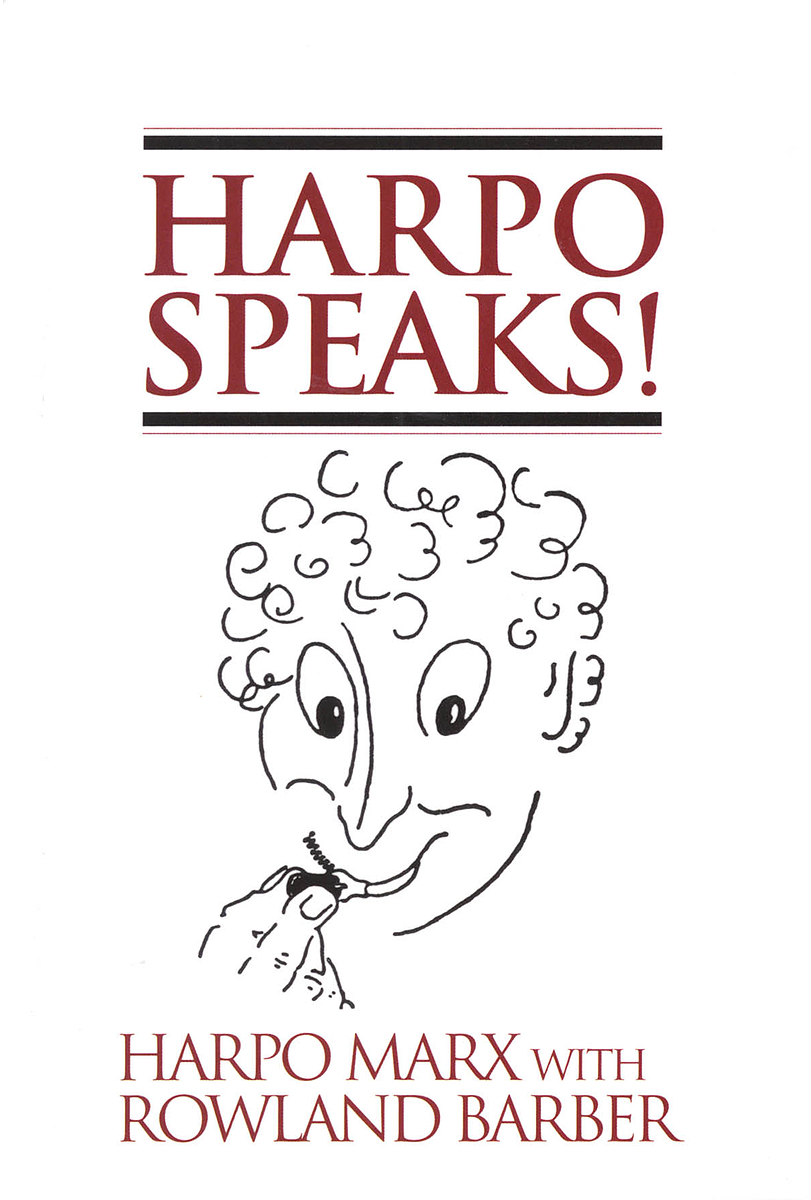

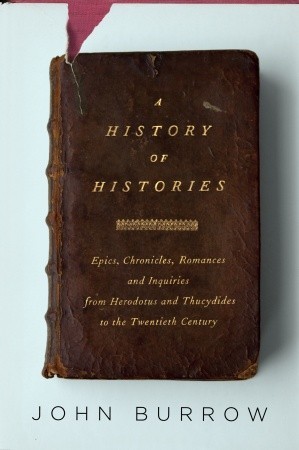
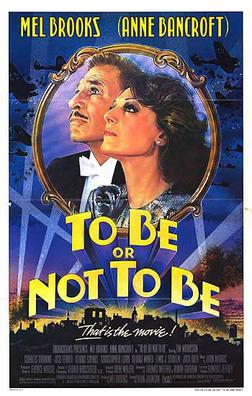
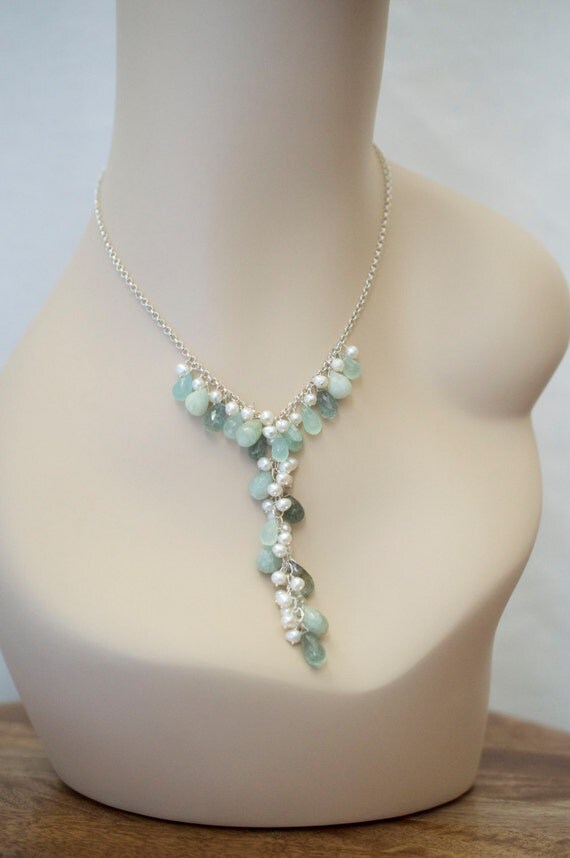






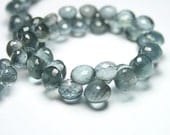


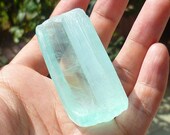

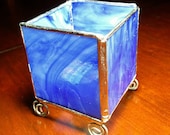
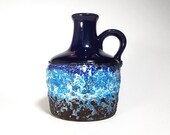

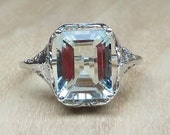

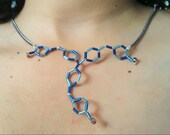
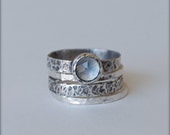
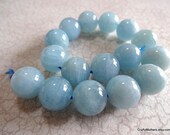
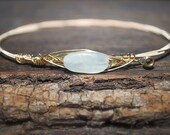

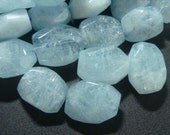





_(3).jpg/753px-Cecilia_Helena_Payne_Gaposchkin_(1900-1979)_(3).jpg)